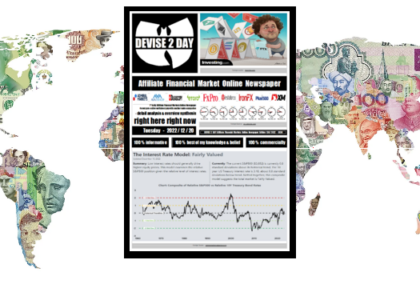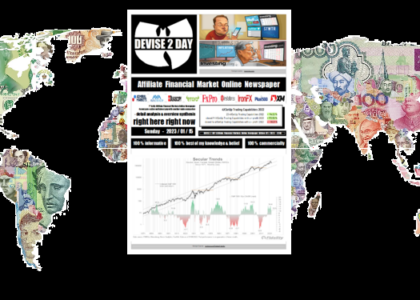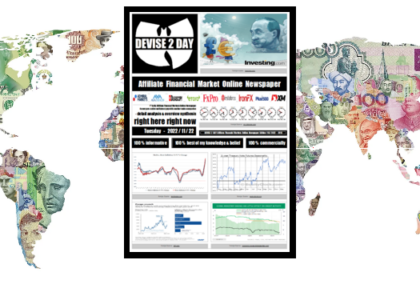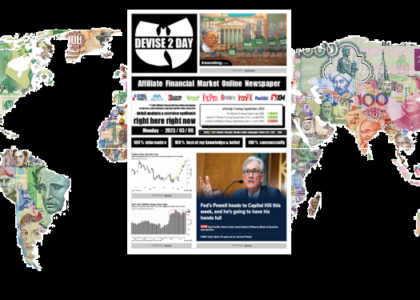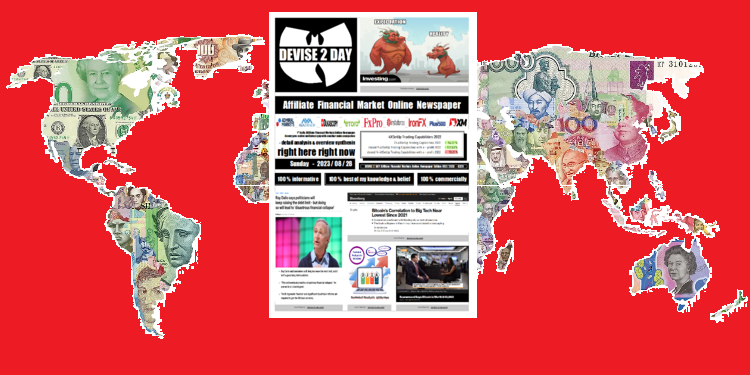
2023/05/21 (229.092) Technical Analysis – … & TVC_DXY
Over
In the US, the spotlight will be on the debt ceiling negotiations, FMOC meeting minutes, and/or several Fed speeches; this week.
Additionally, investors will be closely monitoring data on personal income and spending, PCE prices, the second estimate of GDP growth, corporate profits, durable goods orders, services, and manufacturing PMIs, as well as new and pending home sales. Furthermore, fresh May PMIs are anticipated for the UK, Australia, Euro Area, Japan, France, and Germany. Finally, inflation rates for the UK and South Africa will be released, and monetary policy decisions are awaited for China, New Zealand, South Korea, Indonesia, Turkey, and South Africa.
DXY Extends Losses Until Friday Trading Session
While US 10-Year Bond Yield Hits 2-Month High And/Or US Stocks Dip On Debt Deal Worries
The dollar index extended losses to around 103 on Friday, moving further away from a two-month high of 103.6 the day before, as investors monitor the debt ceiling impasse and adjust expectations for the next move by the Fed. It was reported that GOP negotiators walked out of a debt ceiling meeting, dashing hopes for a deal. At the same time, Fed Chair Powell emphasized that inflation is significantly above the central bank’s target and reiterated the Federal Reserve’s commitment to bringing it down to the 2% goal. Still, the Chair said that because of stress in the banking sector, it might be unnecessary to raise rates to curb inflation. Currently, markets are pricing in a 36% probability of a 25 bps hike in the fed funds rate in June. For the week, the dollar is poised to gain 0.3%, marking a second consecutive week of increases.
The yield on the US 10-year Treasury note topped 3.6%, a level not seen in nearly two months, as the possibility of an interest rate hike by the Fed came again to the table. Traders pushed the likelihood of a June hike to approximately 40% after Dallas Federal Reserve President Lorie Logan said current economic data doesn’t justify yet pausing the rate hiking cycle. Retail sales data released this week showed consumer spending remained resilient and initial claims fell more than anticipated pointing out that the jobs market remains strong. Meanwhile, congressional leaders and President Biden expressed optimism about reaching a debt ceiling deal and said the US will not default.The Dow Jones closed more than 100 points lower on Friday, while the S&P 500 and the Nasdaq dipped 0.1% and 0.2%, respectively, as a pause in the U.S. debt limit talks spooked investors. Meanwhile, Fed Chair Powell said that inflation is well above the target and the central bank is committed to bringing it back to the 2% target but because of stress in the banking sector, it might be unnecessary to raise rates. Regional lenders, Western Alliance and PacWest, slid 2.4% and 1.9% respectively, despite adding more than 24% this week. In the corporate news, stocks of Deere were down 1.9% after its earnings and revenue topped forecasts. Shares of Foot Locker shed 27.1% following disappointing quarterly results. Conversely, Farfetch jumped 14.7% after its first-quarter revenue surprised. On the week, the Dow Jones added 0.7%, the S&P 500 gained 1.8% marking its best week since March and the Nasdaq surged 3%, also the biggest weekly gain in two months.
The Worst Of The US Economy Is Behind Us, What The US Fiscal Policy Dispute Also Proves To Me,
That The FED Monetary Policy Works And/Or We May Experience An Opposite Scenario 2023/24 Than We Did 2007/08
Inflationary pressures in the US are still there. Which can be proven in the relatively poor retail sales figures. But the producer prices are also crucial – and they are falling faster and lower than expected. And also the fact that the last US Annual Growth Rate, in the 1st Quarter 2023, was up 1.6% gives me hope that the worst of the US economy is already behind us. Even if many observers of the US economy, also for political reasons (like many US Republicans, especially Trump supporters), sings the US economy worser than it actually is at the moment. What’s in the future? I don’t know either! But the numbers released no longer gives a reason, at least for me, to be negative for the US dollar; let alone selling stocks on US WallStreet in principle at the moment. But on the contrary. And that`s why today’s DEVISE 2 DAY Affiliate Financial Market Online Newspaper Edition. And a more detail overview about the last US Retail Sales,
why today’s DEVISE 2 DAY Affiliate Financial Market Online Newspaper Edition. And a more detail overview about the last US Inflation Rate
why today’s DEVISE 2 DAY Affiliate Financial Market Online Newspaper Edition. And a more detail overview about the last and/or US Producer Prices
why today’s DEVISE 2 DAY Affiliate Financial Market Online Newspaper Edition. And a more detail overview about the last (of last 14 days).
Retail Sales in the United States increased 1.60 percent in April of 2023 over the same month in the previous year.
Retail sales in the US increased 0.4% mom in April of 2023, rebounding from two consecutive months of declines, but well below market forecasts of a 0.8% increase. Sales at motor vehicles and part dealers were up 0.4% and other increases were seen in sales at building material & garden supplies dealers (0.5%); food services and drinking places (0.6%); health and personal care stores (0.9%); merchandise stores (0.9%); nonstore retailers (1.2%); and miscellaneous store retailers (2.4%). On the other hand, sales at gasoline stations unexpectedly declined 0.8%, despite a rise in the price of gasoline and sales at food and beverage stores went down 0.2%. Other decreases were also recorded for clothing (-0.3%); electronics (-0.5%); furniture (-0.7%); and sporting goods, hobby, musical and books (-3.3%). However, the so-called core retail sales which exclude automobiles, gasoline, building materials and food services, increased at a faster 0.7%, in a sign of sustained consumer demand.
The consumer price inflation in the United States declined to 4.0 percent in May 2023, the lowest since March 2021 and slightly below market expectations of 4.1 percent, driven by a decline in energy prices. In addition, the core rate, which excludes volatile items such as food and energy, has slowed to 5.3 percent, the lowest since November 2021, supporting the argument for the Federal Reserve to consider pausing its current cycle of monetary tightening. Energy cost slumped 11.7 percent (vs -5.1 percent in April), while food inflation slowed to 6.7 percent (vs 7.7 percent in April). There were also smaller price increases for new vehicles (4.7 percent vs 5.4 percent), apparel (3.5 percent vs 3.6 percent), shelter (8.0 percent vs 8.1 percent), and transportation services (10.2 percent vs 11.0 percent). The cost of medical services was down 0.1 percent (vs 0.4 percent in April). On a monthly basis, consumer prices edged up 0.1 percent in May after increasing 0.4 percent in April. The annual core consumer price inflation rate in the United States, which excludes volatile items such as food and energy, eased to a 1-1/2-year low of 5.3% in May 2023, as expected, from 5.5% in the prior month. On a monthly basis, core consumer prices rose by 0.4% from a month earlier in May, the same pace as in April and March, in line with market expectations.
The annual producer inflation in the United States eased for a 10th straight month to 2.3% in April of 2023, the lowest since January of 2021, and below forecasts of 2.4% as commodity prices continue to fall and supply chains have improved. Producer prices for final demand in the US increased 0.2% month-over-month in April of 2023, following a downwardly revised 0.4% drop in March and compared to market forecasts of a 0.3% rise. 80% of the general increase is due to a 0.3% rise in services cost, the biggest since November, as prices for portfolio management surged 4.1%. Costs also moved higher for food and alcohol wholesaling, outpatient care, loan services, hospital inpatient care, and guestroom rental. At the same time, goods prices were up 0.2%, mainly due to an 8.4% surge in gasoline. Prices were also higher for fresh and dry vegetables, carbon steel scrap, plastic resins and materials, aircraft and aircraft equipment, and fluid power equipment. Meanwhile, annual producer inflation eased for a 10th straight month to 2.3%, the lowest since January 2021 and the core rate fell to 3.2%.
However, Let`s Get A Detail Overview About The DXY From The Technical Analysis Point Of View
– And That In The Cintext Of The Historical Price Action Development Of The Last Centuries, Until The 1990`s
good morning, good day, and/or good night
at whatever time, wherever you are !
right here right now :















